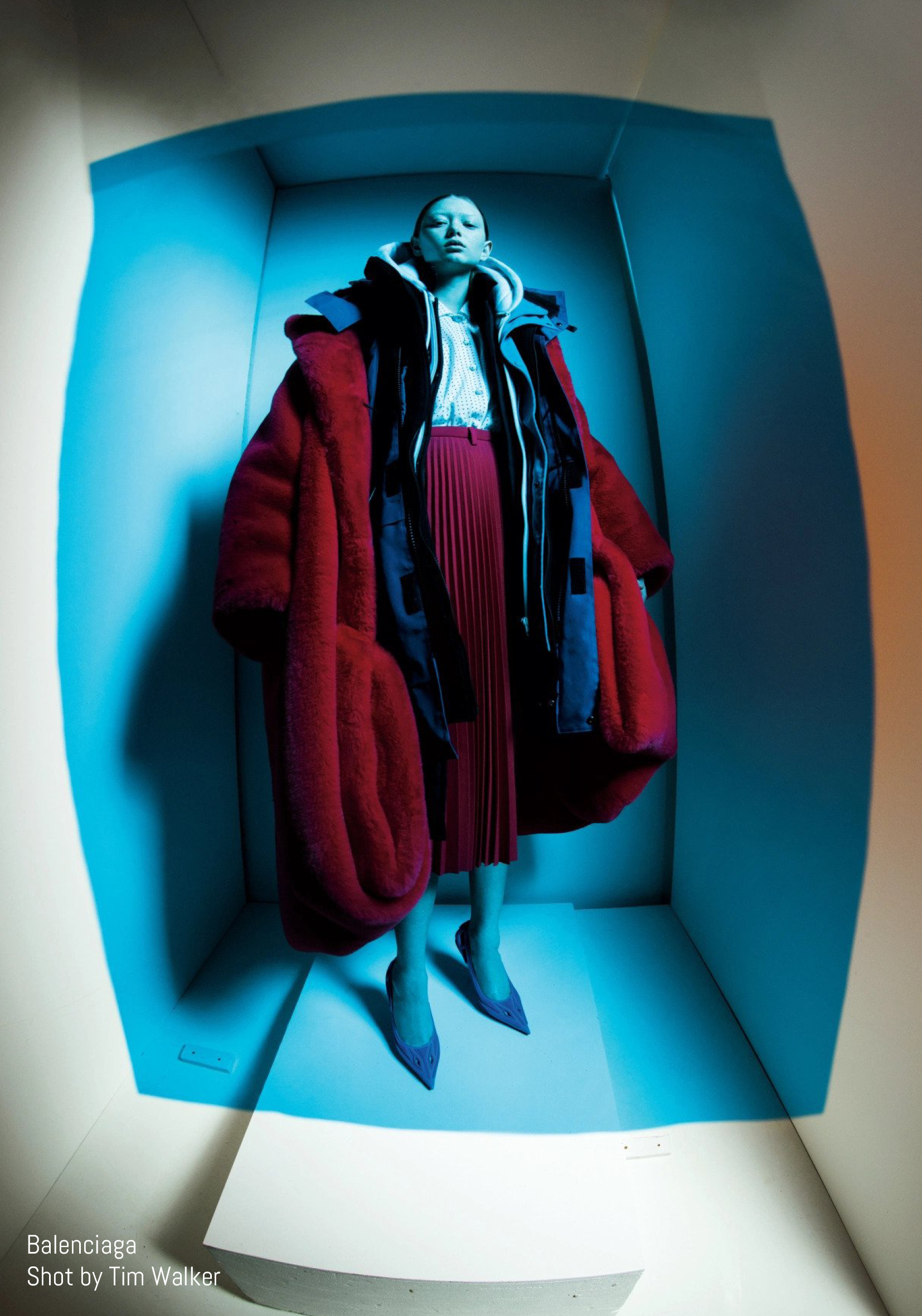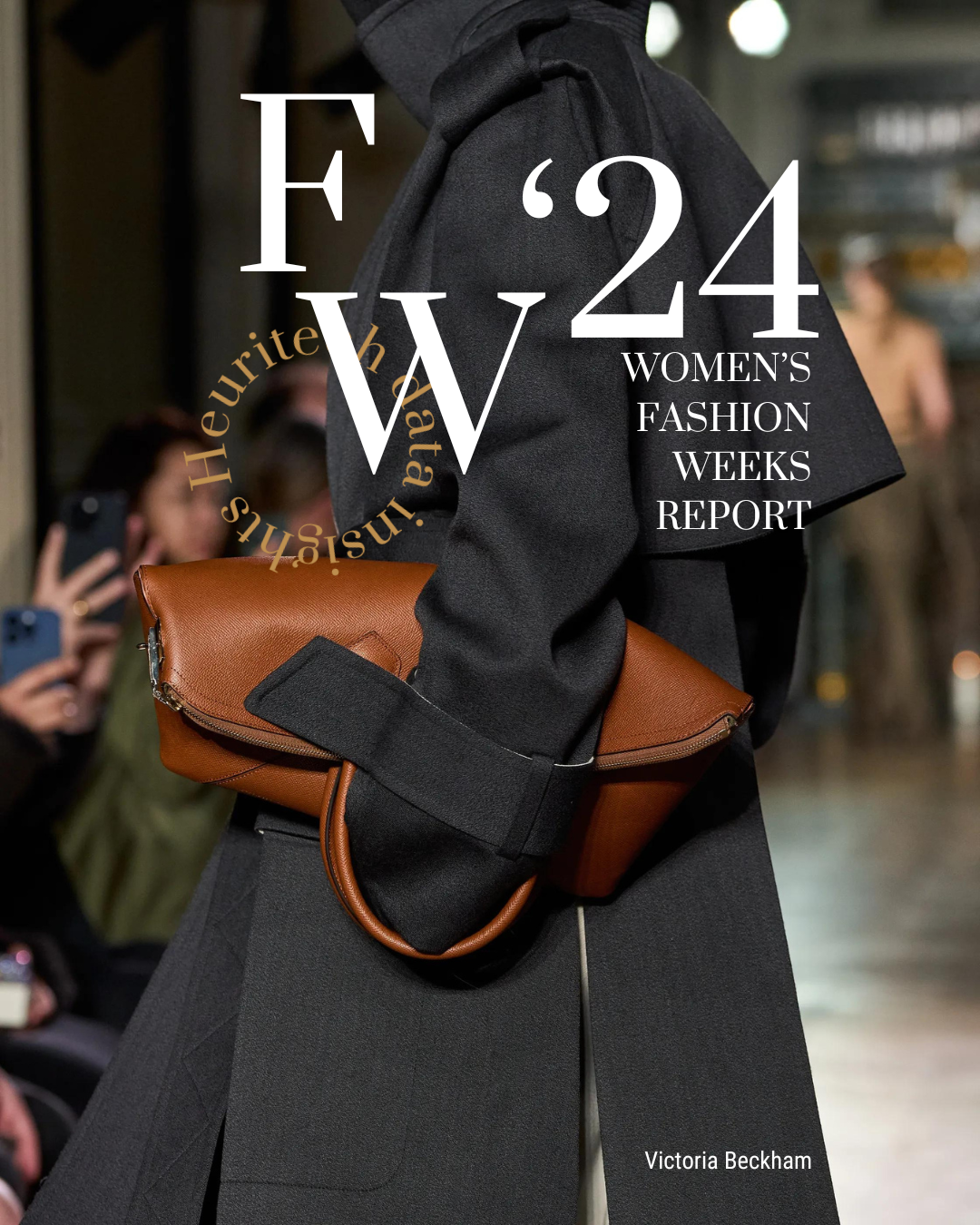Soundbites the likes of “the future of fashion” and “an industry makeover” have been floating around since early 2020 in the context of the global pandemic that swept through much of the world. It’s not surprising given the industry-wide disruption caused by Covid-19, touching everything from supply chains to retailing to consumer behaviors.
And the discourse surrounding the changing fashion industry this year has often revolved around digitalization: some experts refer to digitalization as “the way in which many domains of social life are restructured around digital communication and media infrastructures.” This definition implies that digitalization is primarily a social phenomenon, like social media or communication. But others take a more business-minded approach, defining digitalization as “the use of digital technologies to change a business model and provide new revenue and value-producing opportunities.”
In the case of the fashion industry, both definitions are applicable. First, the digitalization of fashion as we know it this year has indeed been social: consumers are reacting and interacting with each other and their favorite brands in new, immersive ways. Second, it has equally been business-focused: brands have had to change their ways of show and retail execution to adapt to new restrictions.
Consumers and brands are embracing digitalization to communicate in new ways
As physical interactions have been drastically limited this year, consumers and brands have found ways to not only replace interaction, but to improve it. Technology now empowers consumers to take a more active role in fashion: they belong to a brand’s universe, interacting with and letting them know what trends they like and don’t like, and what values they accept and don’t accept.
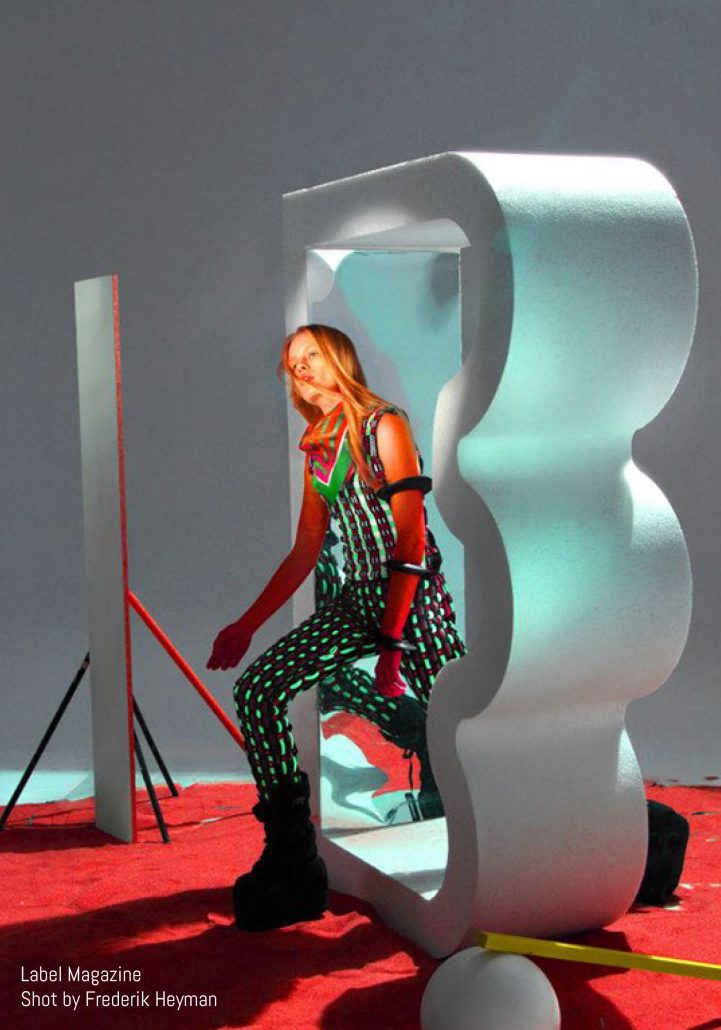
The consumers in question are notably millennials and Gen Zers, who are more engaged on social media than other generations, particularly when it comes to fashion. When asked how the younger generations define their identity, Dazed Digital reports that 66% of respondents say they do so through their style. This is an important distinction, as brands seem to have become more aware of defining their own brand identity this year through social media. Digitally native brands such as Glossier have done a remarkable job of creating their own subculture based on the brand, but non-natives the likes of Jacquemus, Gucci, and Zara have achieved similar success through social platforms.
By producing content that is accessible, digestible, and zeitgeist-esque, these fashion brands among others are creating digital links with their consumers that thus translate to the emotional.
Gucci’s short film series in October of this year is a perfect example, pulling trending personalities among Gen Zers and millennials to direct and star in the series. Billie Eilish, Florence Welch, Benedetta Porcaroli, and more featured in the series, proving the efficacy of engagement: the Financial Times of Fashion asserts that “until the pandemic, films were often perceived as a cost-effective but lacklustre replacement to a live show.” How the times have changed.
Fashion brands are digitalizing physical shows
One of the pillars of fashion is of course the fashion show. Models strutting down a catwalk, giving life to a designers’ latest collection for photographers, industry insiders, and guests to admire or critique. But this year, fashion shows were rendered impossible for months, beginning with Milan FW20 Fashion Week through the Summer’s Cruise collections. Now as we near the end of 2020, we’ve witnessed a total makeover of how shows and shopping are carried out through digital means.
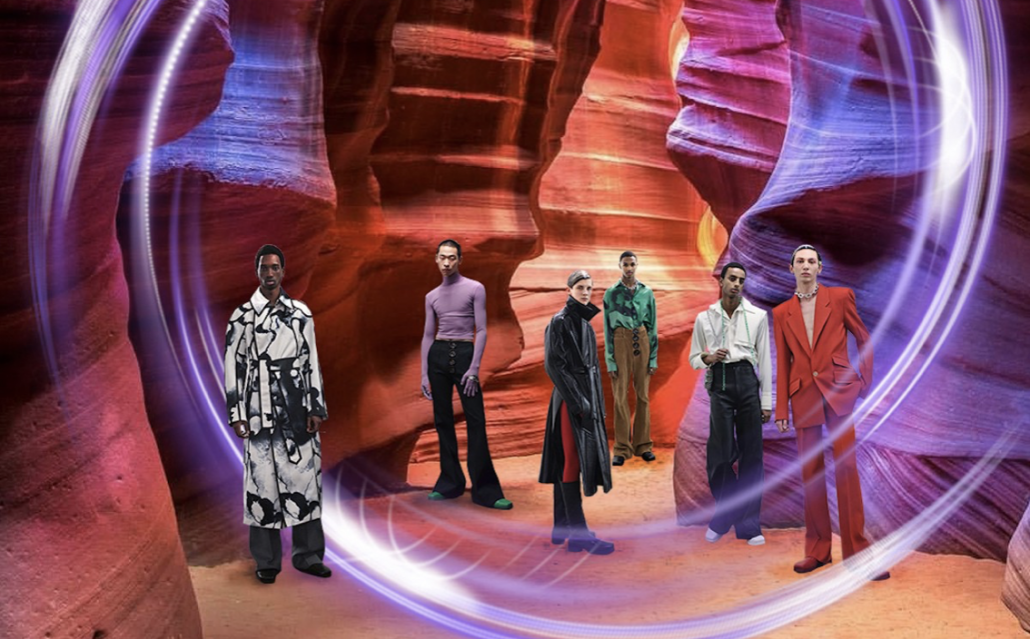
The world’s first ever fully digital fashion week happened in Shanghai in March of this year, with over 150 brands participating via TMall, China’s biggest e-commerce platform. Designers live streamed their collections, some actively interacting with their audiences, and others introducing the event’s “See Now, Buy Now” format which allowed participants to purchase directly from their smartphones. This week-long event drew in over 11 million viewers, far more than any Instagram live stream during typical Fashion Weeks. Shanghai Fashion Week effectively set the example for the remainder of the year and likely onward: the event proved that digitalization is not a hindrance to creativity, but in fact a facilitator.
During this year’s SS21 Fashion Weeks in Europe, for instance, designers challenged the physical aspect of shows: JW Anderson revealed his collection on a line of paper dolls, Khaite involved QR codes and 3D rendering to display the collection from the audience’s phones, and Loewe sent out wallpapers and posters to quite literally surround his would-be attendees with the collection. The examples are many, with some designers even integrating AR and virtual effects to create the illusion of a physical event.
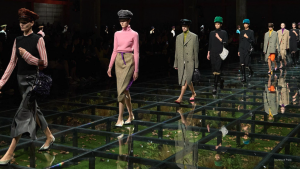
Retail’s makeover to a digitalized shopping experience
When thousands of physical stores closed for the pandemic starting in early 2020, brands were suddenly faced with a dilemma: to adapt to e-commerce, or wait it out. Naturally, many brands caught the survival bug, and e-commerce took off around the world. A recent report from the Economist Intelligence Unit estimates that in 2020, online retail sales in the top 60 economies rose by over 30% as a result of this shift to e-commerce. Additionally, Euromonitor International’s report on retail innovation predicts that by 2024, global online retailing will see growth of $1.5 trillion.
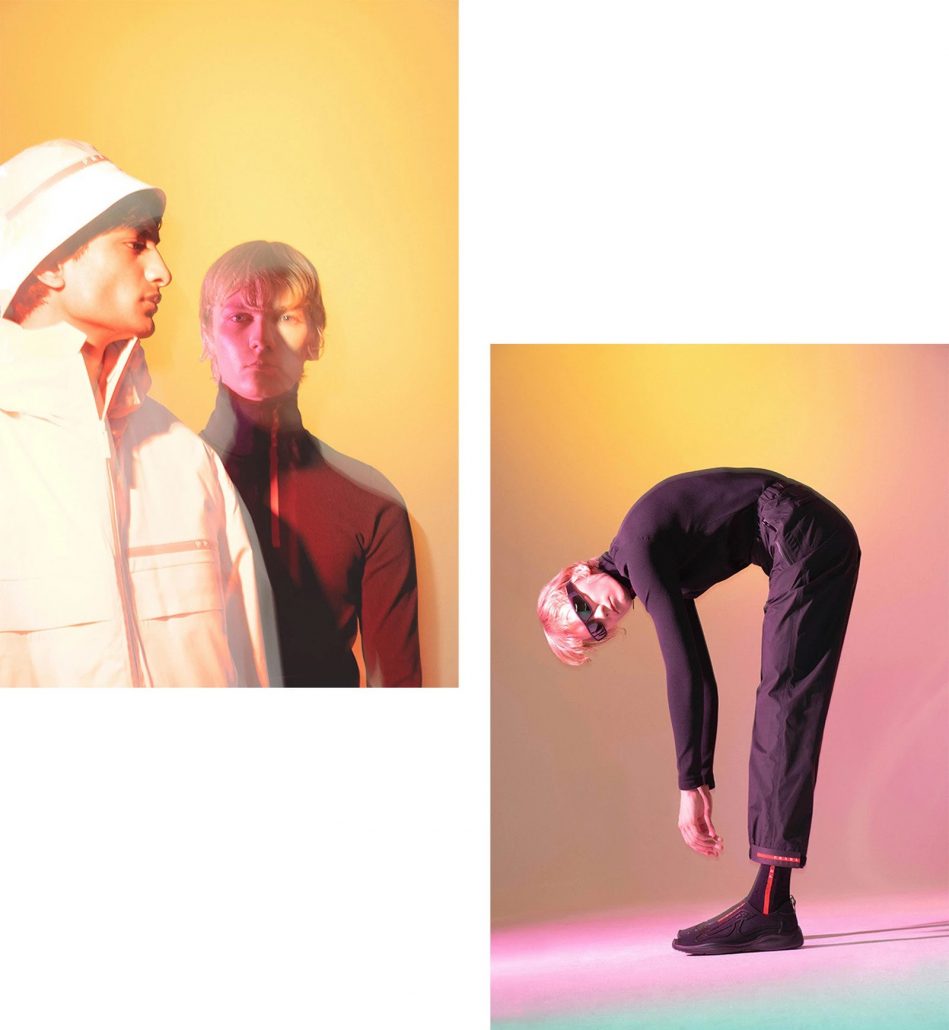
Luxury e-commerce reseller Farfetch, for instance, recently announced their join-up with Alibaba, China’s largest e-commerce platform. The move signals a greater change in the industry, as luxury brands are turning to e-commerce to pick up the slack for in-store sales. Amazon’s luxury platform continues to add brands, one of the most recent being Oscar de la Renta.
In-store experiences have changed as well, with brands integrating augmented reality technologies, virtual shopping assistance, digital payments, links to social media, and more. Gucci hired shopping assistants to virtually style customers, for instance, and brands including Macy’s, Adidas, and ASOS are looking into virtual fitting rooms.
A more digital future for fashion?
Industry players and consumers alike can look forward to the coming breakthroughs in fashion’s digitalization. Communication will become more intimate between consumers and brands, events will become more accessible thanks to technological solutions, and retail will present a new way of shopping. Drinkwater summarizes fashion’s digitalization along the course of this year in concise precision: “The requirement to integrate all forms of digitisation from supply chain and creation, to showcasing and retailing is forcing every brand to embrace the technologies that empower this.”
